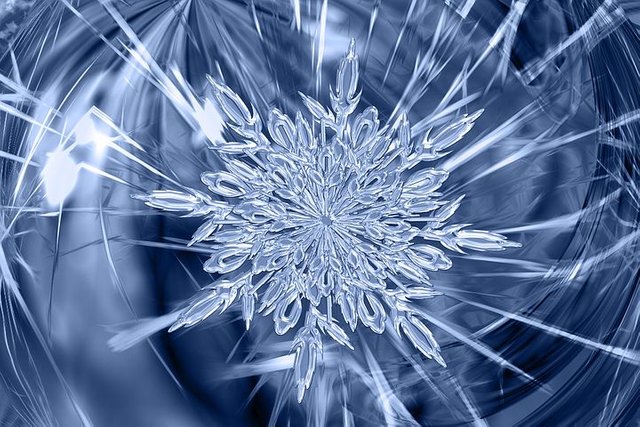A new classification of ice-binding protein has been discovered that could lead to new antifreeze applications.

Scientists have observed how proteins inhibit the growth of ice crystals in organisms, which could lead to a wider range of antifreeze applications.
Organisms living in cold climates avoid freezing by producing ice-binding proteins, which attach to ice. Such proteins come into two varieties: a hyperactive type that lowers the freezing point by up to 6 degrees Celsius by attaching to the basal faces of ice crystals, and a moderate type that lowers the freezing point by around 1 degree Celsius by attaching to the prism faces of ice crystals.
Now, researchers from Hokkaido University in Japan have discovered a moderate ice-binding protein outside this classification. It attaches to both the basal and prism faces of ice crystals.
This work sheds new light on how protein molecules interact with ice and could result in new antifreeze applications in the food and medical industries.
This article was first published by Springer Nature. Read the original article at https://www.natureindex.com/article/10.1073/pnas.1807461115.
To read more of my writings check out my website at https://gluons2galaxies.com.
Hi! I am a robot. I just upvoted you! I found similar content that readers might be interested in:
https://www.natureindex.com/institution-outputs/japan/hokkaido-university/5139072d34d6b65e6a002178
Downvoting a post can decrease pending rewards and make it less visible. Common reasons:
Submit